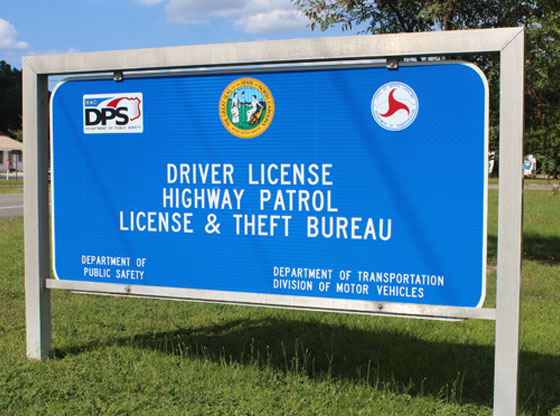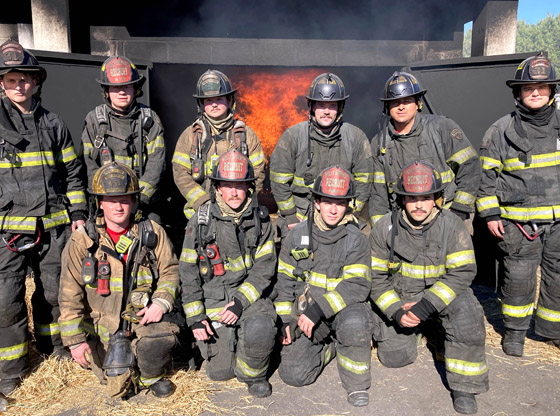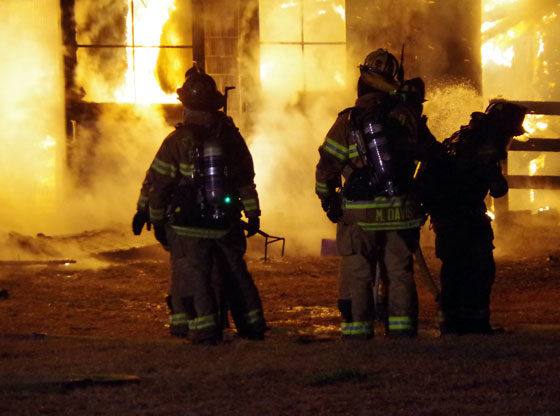Suicide is among the top five leading causes of death for people ages 10 to 65 in North Carolina. To address this complex and serious health problem, the North Carolina Department of Health and Human Services today released a coordinated state action plan to reduce injury and death by suicide.
In 2019, suicide was the second leading cause of death for youth in North Carolina ages 10-18 and the third leading cause of death for those ages 19-34, according to the NC State Center for Health Statistics.
Additionally, self-inflicted injuries as a result of suicide attempts accounted for 11,000 emergency department visits and more than 3,000 hospitalizations among North Carolina residents in 2020. This state action plan includes proven strategies to prevent death by suicide and suicide attempts in North Carolina.
“We know that someone who is considering suicide thinks they have no other option, and this plan implements multiple effective strategies to reach them before that point,” said NCDHHS Secretary Kody H. Kinsley. “The numbers of people considering suicide is staggering, and the COVID-19 pandemic made our challenge even greater. Behavioral health and resilience are one of our three priorities to recover stronger, and this coordinated effort will ensure that we make a difference in the health and wellbeing of North Carolinians.”
The state action plan represents the work of a multi-sector team of partners to address this problem that can have long-lasting effects on individuals, families and communities. That team and leaders across NCDHHS will guide implementation alongside partners from other state agencies, hospitals, local community non-profits, private agencies, local health departments, county departments of social services, health and mental health providers, parents and those with lived experience.
Increasing access to treatment and supportive services is one plan strategy to reach survivors, those with underlying mental health challenges and family and friends of those who have died by suicide. The plan suggests strategies for community-level prevention efforts, including increased awareness and education about mental health, depression and suicide. As many people use firearms or medications to attempt suicide, safe storage efforts are highlighted. Crisis intervention and monitoring the impact of COVID-19 on suicide and self-inflicted injuries are also important components of the plan.
The Comprehensive Suicide Prevention Team within the Injury and Violence Prevention Branch at the Division of Public Health within NCDHHS led the plan’s development through support from a suicide prevention grant from the Centers for Disease Control and Prevention.
Courtesy photo/Contributed.

















